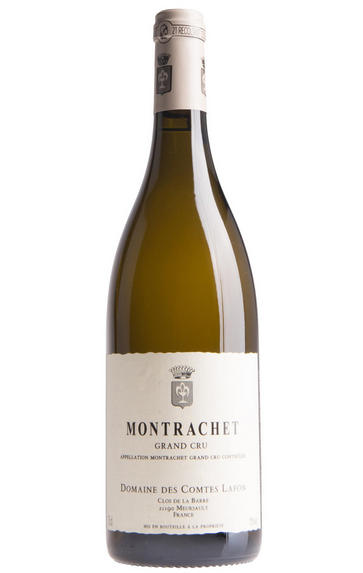
2018 Le Montrachet, Grand Cru, Domaine des Comtes Lafon, Burgundy
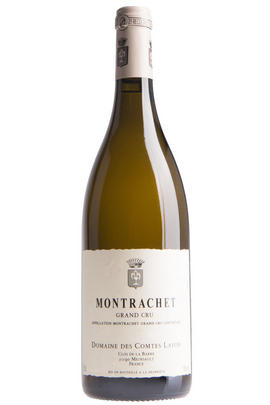
About this WINE
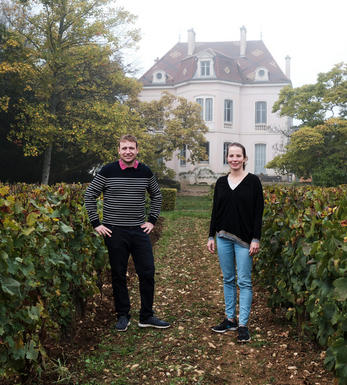
Domaine des Comtes Lafon
Domaine des Comtes Lafon is based in Meursault, where it has holdings in each of the finest Cru and Premier Cru vineyards in Meursault. They have a reputation for maintaining the signature character of each site in their wines. They don’t rest on their laurels, though, their red wines from their Volnay Premiers Crus are increasingly popular and should not be overlooked.
The domaine was established in 1869 by the Boch family and has remained in their care ever since – only changing its name when Marie Boch married Comte Jules Lafon in ‘94. When fourth-generation Dominique Lafon took charge in 1985, Domaine des Comtes Lafon already had a reputation for unconventional yet outstanding white wines.
At the time, most of the vineyards were leased out to sharecroppers; but by ‘93 Dominique had reclaimed all of his family’s vineyards and assumed full control of the domaine. Not only are the Lafons’ 15 individual vineyards located in the best appellations in Meursault and Volnay, but they tend to be very well situated within them, and are now cultivated according to organic and biodynamic principles. In 2010, Jasper Morris wrote in his book ‘Inside Burgundy’, that their white wines were “now consistently among the best in Burgundy, while since 1989 the reds have reached the top division”.
In ‘99 the Lafon family branched out, buying a domaine in the Mâconnais at Milly-Lamartine and making wines under the name of ‘Les Héritiers du Comte Lafon’. More recently, Dominique Lafon has also established a small label of his own bearing his own name.
When Dominique Lafon’s father René took over the domaine in 1956, he undertook a significant replanting programme in cooperation with the sharecroppers who managed much of his vineyards. Care for the vines is still paramount under Dominique’s stewardship; all vineyards returned to family control in ‘93, were fully converted to organic viticulture in ‘95 and to biodynamic in ‘98. The average age of the vines is maintained at around 40 years, and yields are kept low at about 35 hectolitres per hectare.
Wines are made differently each year due to practical reasons and vintage variation. However, there are some common practices.
Chardonnay grapes are whole-bunch pressed, settled in tanks at cool temperatures and then fermented and aged in wood. No new oak is used for the village wines; 25-40% new oak is typically used for the Premiers Crus and 100% for Le Montrachet, though these are subsequently racked into older wood where they spend a second winter before bottling.
The Pinot Noir grapes are 100% destemmed and vinified in stainless steel. Wines are matured for 18-22 months in about 30% new oak and are racked twice before bottling without fining or filtration whenever possible.
Domaine des Comtes Lafon have been certified as organic since 1995, and although biodynamic principles have been used since ‘98, they have not sought to become Demeter certified – citing “too much paperwork” as the main reason. The two newer businesses in the family portfolio are also organic, and when new vineyards are acquired, each is converted as soon as possible thereafter.
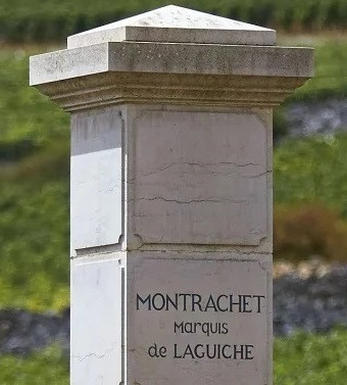
Le Montrachet
Le Montrachet hails from the Burgundy region of France, specifically from the villages of Puligny-Montrachet and Chassagne-Montrachet in the Côte de Beaune subregion. This wine is produced in the vineyards surrounding Montrachet Hill, which is famed for its limestone-rich soils and ideal microclimate for producing top-quality Chardonnay.
Le Montrachet wines are known for their complexity, depth, and nuance. They often exhibit a wide range of aromas and flavours, which can include notes of citrus, stone fruits, tropical fruits, honey, butter, minerals, and sometimes even hints of hazelnut or toast. These wines tend to be full-bodied with a rich, creamy texture on the palate and are often complemented by vibrant acidity, which provides balance and freshness to the wine.
Le Montrachet wines have exceptional ageing potential. While they can be enjoyable when young, they truly shine with age, developing even more complexity and depth over time. Well-made examples can easily age for decades, evolving into truly extraordinary wines with patience and proper storage.
The concept of terroir, which refers to the unique combination of soil, climate, and vineyard location, is paramount in Burgundy winemaking, and Le Montrachet is a prime example of terroir expression. The wines reflect the specific characteristics of Montrachet Hill and its surrounding vineyards, showcasing the influence of the limestone soils and the region's mesoclimate.
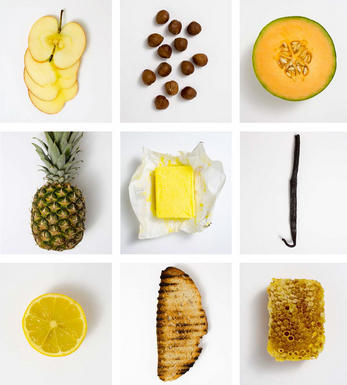
Chardonnay
Chardonnay is often seen as the king of white wine grapes and one of the most widely planted in the world It is suited to a wide variety of soils, though it excels in soils with a high limestone content as found in Champagne, Chablis, and the Côte D`Or.
Burgundy is Chardonnay's spiritual home and the best White Burgundies are dry, rich, honeyed wines with marvellous poise, elegance and balance. They are unquestionably the finest dry white wines in the world. Chardonnay plays a crucial role in the Champagne blend, providing structure and finesse, and is the sole grape in Blanc de Blancs.
It is quantitatively important in California and Australia, is widely planted in Chile and South Africa, and is the second most widely planted grape in New Zealand. In warm climates Chardonnay has a tendency to develop very high sugar levels during the final stages of ripening and this can occur at the expense of acidity. Late picking is a common problem and can result in blowsy and flabby wines that lack structure and definition.
Recently in the New World, we have seen a move towards more elegant, better- balanced and less oak-driven Chardonnays, and this is to be welcomed.


Buying options
Add to wishlist
wine at a glance
Delivery and quality guarantee